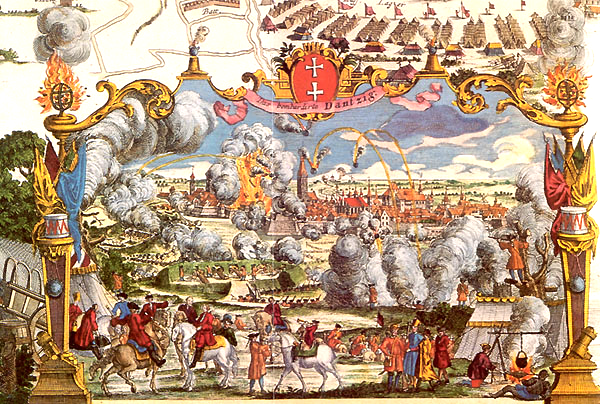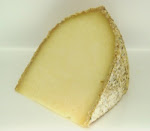So what did Bavaria do? It attacked the closest weaker enemy –
in this case Austria. The boys in cornflower blue marched to Innsbruck and laid siege. The Austrians skulked
insided the city walls and defied the Bavarians who lost a base in the process.
The French, also
being rash attacked – this time Dresden. Another siege ensued but the Prussian
army withdrew leaving the French with an easier nut to crack than the Bavarians
but to no avail, as yet.
That concluded
Spring 1801 and Great Britain makes the first move of the summer
campaigning season by again doing nothing. The Prussians however are made of
sterner stuff and attack Smolensk. The Russians, with four bases missing
from their army as a consequence of losing their first battle with the
Prussian, advance to meet them.
The Prussians fail to muster any allies but
when the Russians request help two nations reply. The French send a small
division of two brigades and a battery to their aid whilst perversely the
Bavarians decide to help Prussia with two infantry brigades and a light
horse regiment.
Terrain is chosen
and the armies deployed.
The smaller Russo - France army move first and send a briagde of cossacks marauding down the flank followed at a more stately pace by cuirassiers. The rest advance on village and wood.
Bavarians line up with their Germanic neighbours. There is a general advance. Whilst the Bavarian chevauxlegers move to intercept the Russian cavalry
... and soundly beat the cuirassiers who must have been surprised as they charge from behind the wood.
Batteries fire with the only success to the Russians who rout a Prussian brigade in the centre. The Bavarians on the right push forward.
... their columns hitting the Russians. One Russian is destroyed but one Bavarian is routed too.
Prussian dragoons are thrown into the fray and a battery brought forward
The Prussian battery is lost to counter battery fire!
Still the Prussians press forward hoping for a breakthrough.
Which the Bavarians and dragoons achive. The Russo French lose their fourth base and the game before the rash Prussians attempt to breach the village.
Another loss for the Russians and a base lost for their French allies.
A brave showing by the Bavarians who won the day for their new friends. "Perhaps a united Germany would be a good idea eh chaps?"






























